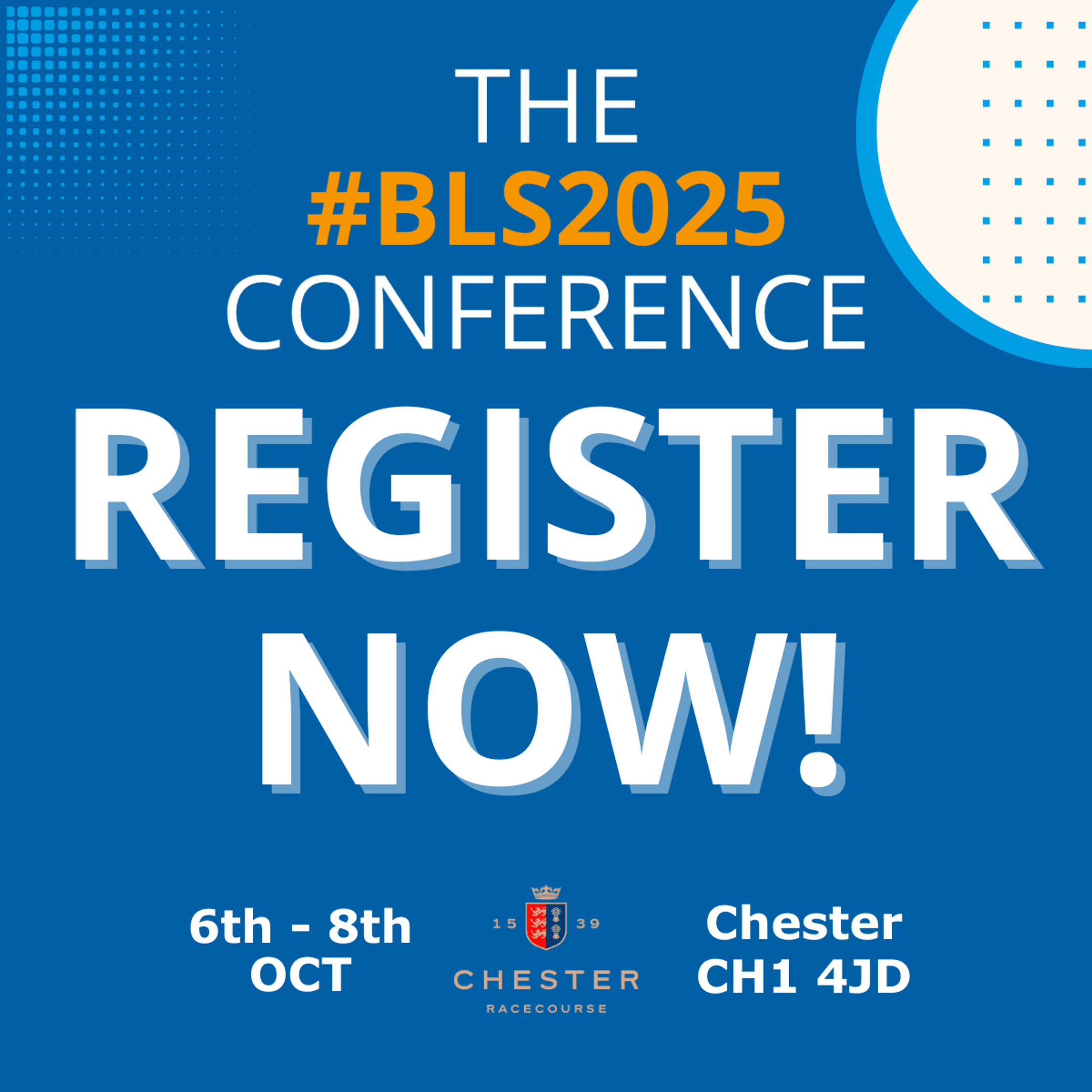What are Varicose Veins?
Varicose veins are enlarged, twisted veins that commonly appear on the legs and feet. They occur when the valves within the vein, that help regulate blood flow, become weakened or damaged. Varicose vein can be thread veins on legs and blue and black nobbled lumps on your calves. These can cause a feeling of discomfort, such as aching legs. Varicose veins are a common condition, affecting up to one in three adults, and can cause discomfort such as aching or heavy legs. Varicose veins are a common condition and are more prevalent in women than in men.
What causes varicose veins?
Blood in our veins must travel back to the heart. To do this is must fight gravity. Valves in the veins prevent backflow of fluid to support his. If they are damaged or weakened, the blood can collect and puts pressure onto the vein wall This pooling of blood and pressure causes damage to the vein and leads to the characteristic swollen and twisted appearance. Symptoms can include aching, heavy legs, burning, throbbing, muscle cramping, and swelling in the lower legs.
Many factors can make you more susceptible to developing Varicose veins. These are:
- Age
- Smoking
- Being overweight, pregnant, or standing for long periods of time can put pressure and allow the blood to accumulate in the legs.
What are the symptoms of varicose veins?
The veins themselves can appear as bulging as swollen, blue and twisted veins under the skin. The symptoms may become worse after standing for a long time and without without treatment they may get worse.
Other symptoms include:
- pain
- skin changes, such as itching, discoloration or dry and flaky skin.
- swollen ankles or legs
How do I treat varicose veins?
Compression hosiery:
Compression therapy helps improve blood flow and reduce swelling in the affected limb. These are recommended for both prevention and management of varicose veins. These garments are are designed to apply pressure to the lower legs to supports the veins and leg muscle. This helps prevent pooling of blood and move blood more efficiently in the body.
Lifestyle Changes
Reducing weight and regular exercise can decrease the pressure on the veins and improve circulation. Patients should avoid smoking and avoid long periods of standing and sitting as this affect blood flow.
Specialist treatment
A GP may refer you to a specialist for tests and treatment if you have any complications, such as ulcers on your legs. They may refer you to a surgeon to remove the viens or help manage blood flow.
Where can I find more information?
More Information on the condition can be found at:
References:
- Antani MR, Dattilo JB. Varicose Veins. [Updated 2023 Aug 8]. In: StatPearls [Internet]. Treasure Island (FL): StatPearls Publishing; 2024 Jan-. Available from: https://www.ncbi.nlm.nih.gov/books/NBK470194/
- Lee AJ, Robertson LA, Boghossian SM, Allan PL, Ruckley CV, Fowkes FG, Evans CJ. Progression of varicose veins and chronic venous insufficiency in the general population in the Edinburgh Vein Study. J Vasc Surg Venous Lymphat Disord. 2015 Jan;3(1):18-26. doi: 10.1016/j.jvsv.2014.09.008. Epub 2014 Nov 1. PMID: 26993676.
As well as compression socks for varicose veins, Daylong offers a wide range of compression stockings and support tights for varicose veins. See them here.


